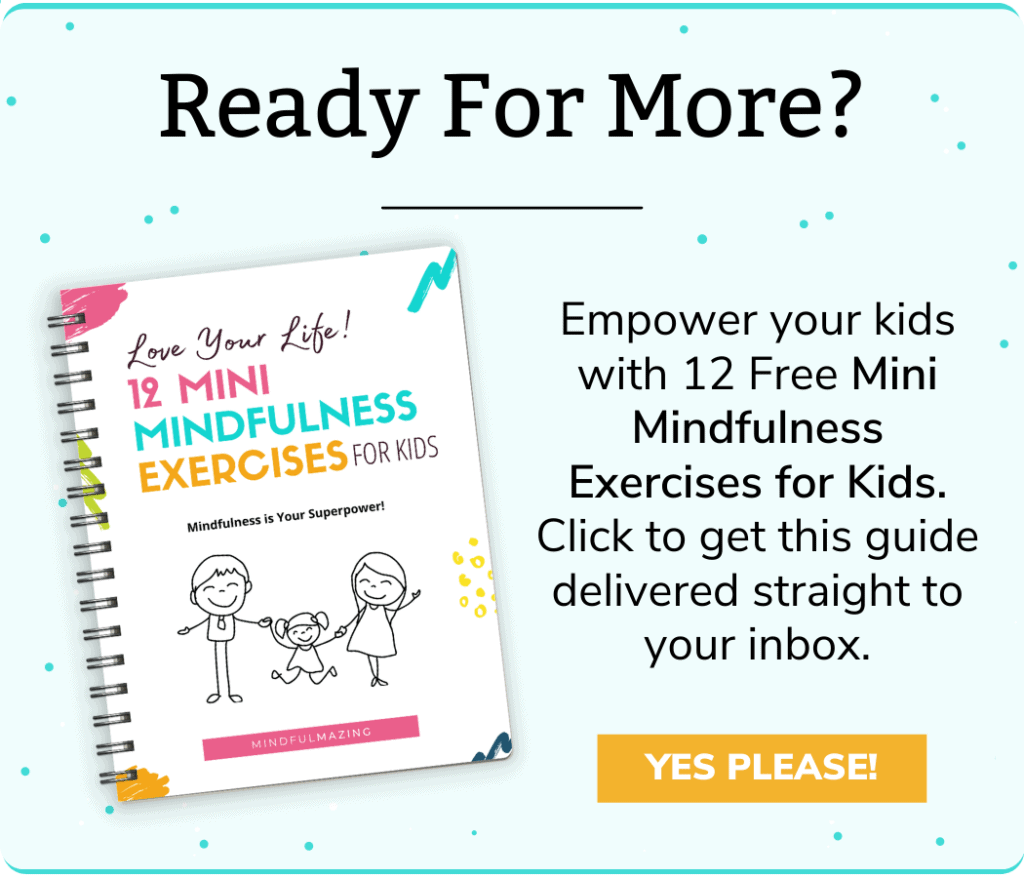fall Treasure Hunt Pdf Free Download
This post and its photos may contain affiliate links. If you make a purchase through these links, I may receive a small commission at no extra cost to you! Read my full disclosure policy here.








Inside: This fun, easy-to-put-together free feelings thermometer is the perfect tool for the home, classroom, or therapy office!
Sometimes our little angels hit, sometimes, they yell, sometimes they roll around on the ground, and we have no flipping idea why.
*Ahem*
Right about now, all the parents with young kids or parents who once had young kids are nodding their heads.
Well, here's a little secret:
We can teach kids to recognize, name, and process these big feelings so that they can react in an appropriate manner.
And we can do this by using a feelings thermometer. (Also called an emotional thermometer, or an anger thermometer by some).
Feelings thermometers are staple tools in counseling offices, but they are also amazing additions to the home.
Let's take a closer look at this magical calm-down tool for kids. Oh and you can snag this FREE feelings thermometer near the bottom of this post!


What is a Feelings Thermometer.
At its simplest, a Feelings Thermometer is a visual picture of a thermometer that displays various emotional states.
It's a research-backed tool that can be used at home, in the classroom, or therapy office. (Over and over again!)
As the temperature rises on the thermometer, the emotions rise too. Once you reach the top, the thermometer would be bleeping, warning, warning warning!

Usually, at the bottom of the thermometer, we are happy and calm. The middle part can represent silliness or sadness or slight agitation. And when we reach the hot top, we are blow the lid off angry.
There are usually numbers attached to each level of the thermometer to show the intensity of the feeling.
Some thermometers might represent just one emotion, like different levels of sadness, silliness, or anger.
Ultimately, these handy tools help kids identify how they are feeling and develop a self-management plan!

And don't we all need a little helping connecting our thoughts, feelings, and actions?
I know I do! Sometimes I'm caught off guard by the intensity of my emotions. So just imagine the intensity for a young child who is still incapable of reasonable processing.
For all kids, one of the first steps we might take to help them cope with any big emotion is to help them become aware of their feelings and the typical behaviors accompanying these BIG feelings!
Well, here's the good news:
A feelings thermometer (or emotional thermometer) is a great starting point in helping kids understand this process.

How do you Use a Feelings Thermometer?
1. Idenitfy Basic Feelings
How are you feeling?
Happy? Silly? Frustrated? Sad?
Throughout the day, we experience many different emotional states.
A Feelings Thermometer is a wonderful tool to help kids visualize their feelings and share their emotional state.
Describing feelings over time builds self-awareness, which allows coping skills to come into play.
After all, young kids don't have complex language.
I might say, "I am so disappointed today."
But a young kid might struggle to put their finger on the language to describe their exact feeling.
That's where this feelings thermometer is a real treasure chest of goodness.
A Feelings Thermometer will help your child identify and communicate these basic feelings.
Which is SO important for emotional development.

2. Identify Intensity of Feelings
And here's the next part:
After your child becomes adept at noticing what emotion they are feeling, let's teach them that feelings come in different intensities (like the weather).
There is no one-size-fits-all when it comes to emotions.
- Sometimes we are happy, and sometimes we are dancing in the rain happy!
- Sometimes we are irritated, and sometimes we are bursting into the incredible hulk angry.
Using a visual that encompasses a spectrum, kids can pinpoint exactly where they are on the spectrum, creating self-awareness.
For example:
You might ask your young daughter what's wrong, and she mutters, "Nothing."
Well, when you ask your daughter to point to where she's at on the thermometer, she points to the upper part of the thermometer. She's actually pretty hot and bothered!
Another way I like to describe the different intensities of feelings is to associate the weather with our feelings.
Just like the weather, our feelings can be slightly stormy or super intense like a tornado. We can be overcast (blah), bright and sunny, and feelings can come and go quickly.

3. Create a Calm Down Plan
The most important point here is that we need to teach our kids to recognize their feelings. And then, we can help them understand that they can alter their behavior appropriately.
We could ask the little girl in the scenario above what she could do to lower her temperature.
And this is where the magic happens!

Detailed Feelings Thermometer Instructions:
1. Print out your free feelings thermometer PDF.
2. Explain the scale of 1 – 5 (1 being happy and 5 being furious) to your kids
- 1 – Calm
- 2 – Silly or hyper
- 3 – Sad or down
- 4 – Slightly Irritated
- 5 – Furious
Don't be afraid to change the scale to only reference one emotion. If you wanted only to reference anger, it could look like this: 1 – calm, 2 – irritated, 3 – more irritated all the way to 5, which is blow the lid off angry.
3. With your child, patient, or student, talk about each level of the thermometer. Ask what their anger looks like when they are rising the thermometer.
Do they stomp their feet? If they are at the top of the thermometer, do they scream or throw things?
4. Once we have identified the different levels of feelings, we can talk about coping strategies they can use to calm down when they enter different thermometer levels. Some examples include changing rooms, touching their toes, or drinking a glass of water.
My favorite calm down strategy is to use calm breathing. Grab this set of 24 breathing cards right here! These are the Cadillac of calm-down strategies for kids.

I want to make sure they have coping skills that will help them at each level of anger. It's important to have a variety of
Give your kiddo a high five for being so receptive!

Materials needed for this Free Feelings Thermometer PDF:
- Feelings Thermometer
- Printer (or have printed at a print shop)
- White card stock paper
- Optional, but amazing: Laminator (I love this laminator!)
- Optional: Laminating sheets
If you love teaching kids emotional regulation as much as I do, head on over to 55 anger management activities for kids or 73 ways to help an anxious child.

If you are on the hunt for more helpful BIG feelings resources, check out this epic Anger Rescue Kit right here.

Other Ways To Use Your Feelings Thermometer
You can use your feelings thermometer in the classroom, at home, or in the therapy office.
I would recommend not just using your thermometer when your kiddo has escalated but also take some time and talk about how it feels to be in the green (happy) zone.
What does that look like? What does that feel like?
Then take some time talking about the other zones when your child is calm.

Pick one emotion for challenging times
While this free version here shows a wide range of emotions, don't be afraid to create a thermometer with only one emotion. If your child is struggling with feelings of sadness, making a sadness thermometer will encourage your child to go deeper into exploring this feeling.
Other Points to Consider on Using An Anger Thermometer
- Make is accessible. Can your child access it when they need to? Keep it somewhere handy. I love to hang my emotional thermometer on the wall.
- Do you have a laminator? I LOVE to laminate all my resources so that my son can use a dry erase marker.
- Make lots of copies so that your child has one for each day of the week. You can also share this amazing calm down tool with teachers, parents and friends.
- portable version to use in the car or while at social gatherings.
- Ask probing questions, "Have you ever felt an emotion higher than the thermometer goes?" "Why are you feeling like your anger is a 4?"

Ready for More Coping Strategies for Kids
Create a positive home or classroom with these 40 calm down posters, worksheets, and activities. This is the perfect addition to any calm-down corner. Grab your Calm Down Kit here.

Final Thoughts on Feelings Thermometers
I hope this feelings thermometer is helpful for your home, classroom, or therapy office.
They are wonderful tools to help kids recognize their feelings and start developing healthy coping strategies.
Don't forget to snag your Free Feelings Thermometer PDF printable right here.

PIN ME FOR LATER!

Source: https://www.mindfulmazing.com/free-feelings-thermometer-for-kids/
Posted by: albertoalbertotolinees0251177.blogspot.com